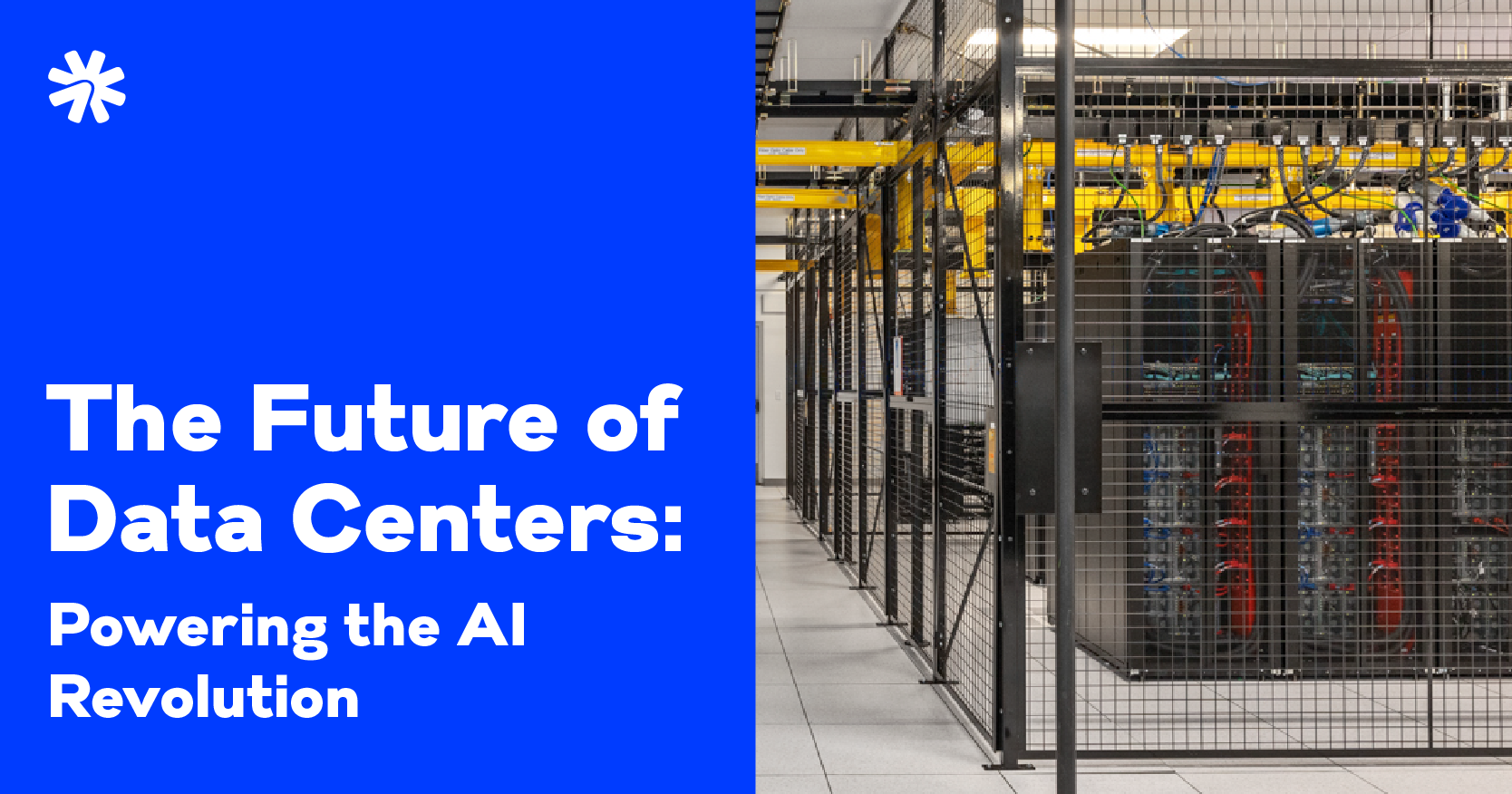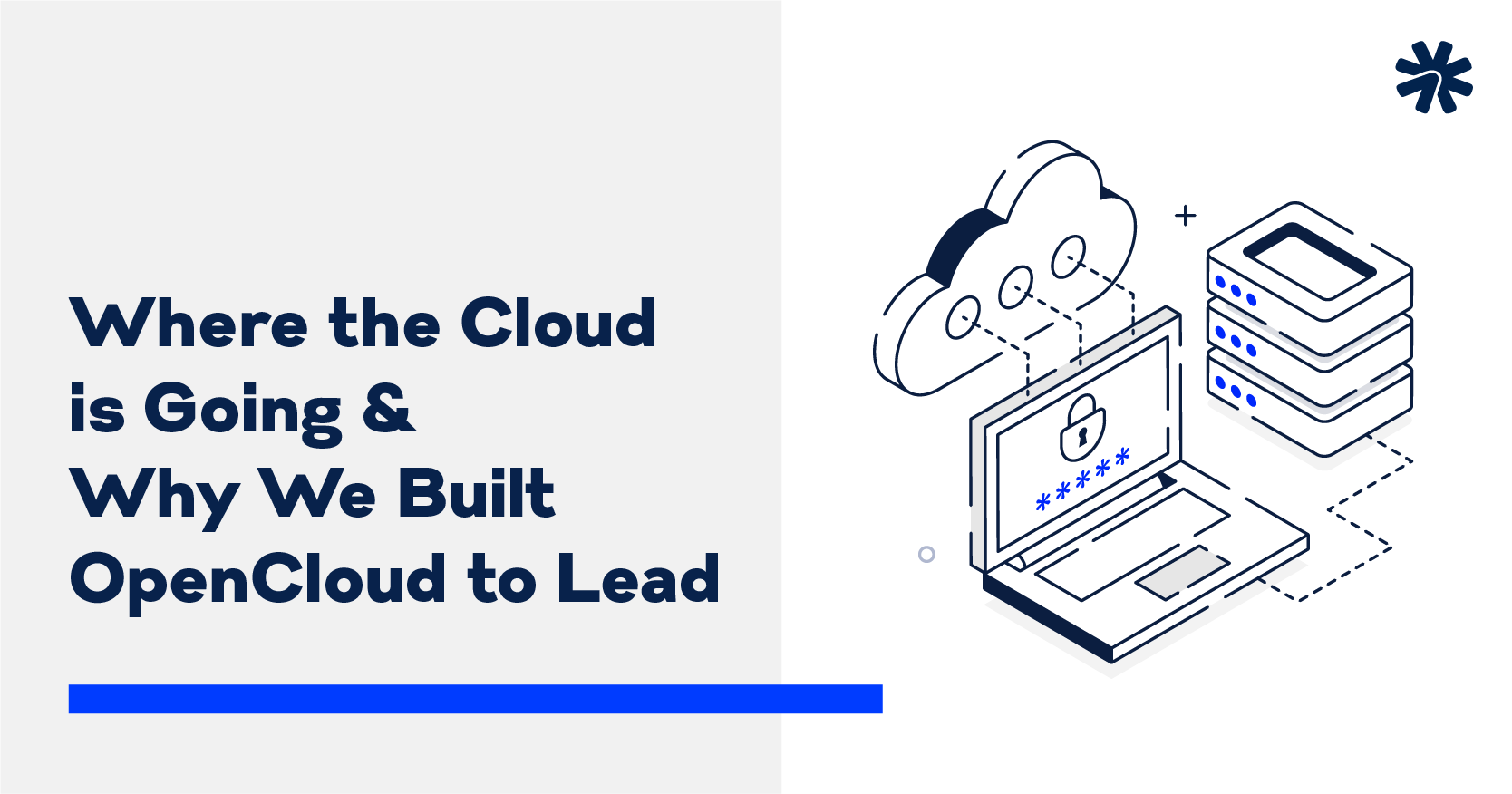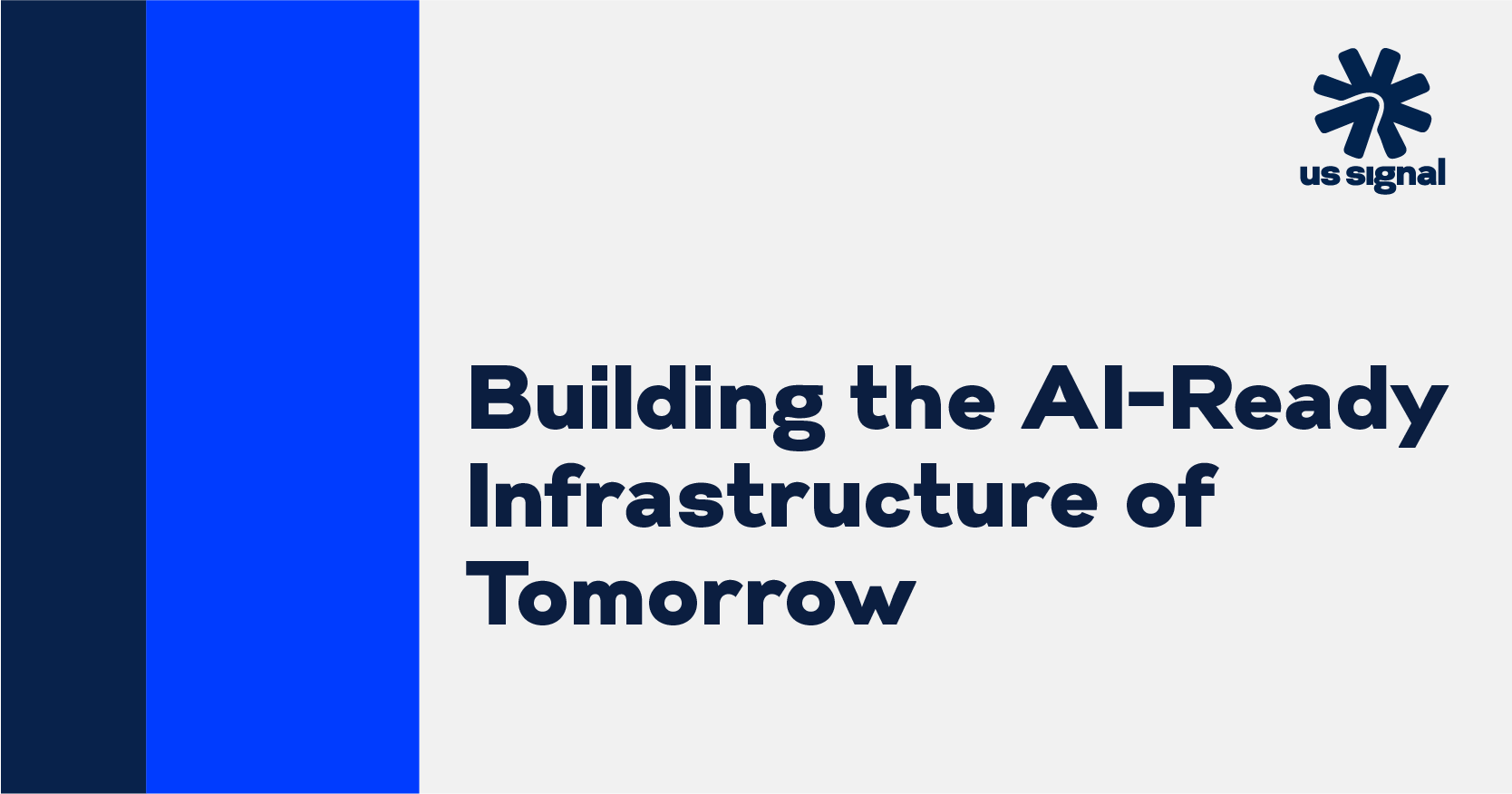Green Data Centers — A Review of Sustainability for Businesses

Sustainability is a principal concern for many businesses. Although data centers are a cost-effective and convenient option, they use massive amounts of power and cooling to run. With more organizations taking sustainability seriously, colocation providers are frequently asked about energy efficiency.
A green data center focuses on a sustainable approach to energy sources, cooling methods and design, allowing customers to reap the benefits of colocation and maximize energy efficiency simultaneously.
What Are Green Data Centers?
Green data centers use data sustainability practices, such as energy-efficient technologies, to reduce their overall carbon footprint and provide a more sustainable way to store and manage your data assets. They offer the same storage and data management services while engineering the mechanics, lighting, cooling and computer systems to minimize environmental impact.
Data sustainability begins with the physical infrastructure — low-emission building materials and sustainable landscaping. They use alternative energy and sustainable design to maximize efficiency. There are two principal metrics used to measure data center sustainability:
- Power usage effectiveness (PUE): A ratio developed by The Green Grid for the total power a data center uses to the power delivered to the IT equipment. A data center with a ratio of 1:0 would be completely efficient, sending all of the power coming into the facility to the IT equipment without using any to manage the temperature of the rooms.
- Carbon usage effectiveness (CUE): This metric, also developed by The Green Grid, is the ratio of the total carbon dioxide emissions of the data center’s energy usage to the consumption of the IT equipment.
The Components of Green Data Center Facilities
A sustainable data center takes a holistic approach to reducing its environmental impact, which requires several components, including the following:
- Energy-efficient equipment: The latest equipment is more energy efficient than its predecessors, making it the ideal choice for green data center facilities.
- Renewable energy sources: Photovoltaic or hydroelectric energy sources replace traditional fossil fuels to create better data center sustainability.
- Sustainable cooling solutions: Data centers must generate massive amounts of power and heat. Cooling these areas requires additional energy consumption, but methods to maximize the efficiency of the expended energy, such as hot aisles and evaporative cooling, make the process more sustainable.
- Waste heat recovery: Using liquid cooling technologies to channel heat away from the servers, the waste heat generated by the building is recycled to warm homes and businesses in the area at a reduced cost.
Types of Green Data Center Certifications
With more businesses opting for sustainable colocation data centers, there are several green certifications data centers can choose from to quantify their sustainability efforts, such as:
- LEED certification: The Leadership in Energy and Environmental Design (LEED) certification is provided by the United States Green Building Council. It verifies that a building is both cost-effective and resource-efficient by analyzing energy, lighting, construction, waste, water and the site’s location.
- Energy Star certification: Energy Star certification for data centers is a joint initiative between the U.S. Environmental Protection Agency and the U.S. Department of Energy. Together, they established an independent, results-based certification on building efficiency compared to other buildings. It uses PUE as the standard metric and requires businesses to meet specific criteria to receive annual accreditation.
- BREEAM certification: The Building Research Establishment Environmental Assessment Method (BREEAM) takes a rigorous approach to evaluate a building’s sustainability against a specific set of criteria. It’s a for-profit evaluation conducted by Building Research Establishment (BRE) and recognized throughout the U.S. and Europe.
The Benefits of Green Data Centers
Choosing a green data center has considerable benefits for your business, including:
- Creating environmental benefits: You can minimize your business’s environmental impact by choosing more energy-efficient options.
- Reducing your carbon footprint: Many businesses are making great efforts to reduce their carbon footprints. Choosing a green data center can help you reduce your overall environmental impact by consciously choosing to use your resources sustainably.
- Conserving natural resources: When your data center uses renewable energy sources, you can play your part in preserving finite fossil fuels.
- Saving costs: Using a green data center will help you reduce some of your most significant energy expenditures. In addition, taking a proactive stance on minimizing your environmental impact can result in the potential for government incentives .
- Enhancing your brand reputation: With more customers and employees caring about environmental impact, choosing sustainable data storage is a value proposition, attracting eco-conscious customers and gaining a competitive edge in the market in terms of customers and attracting the top talent to your business.
Green Data Center Solutions
Green data centers constantly innovate, seeking more efficient and effective solutions to the sustainability challenge. From infrastructural design to artificial intelligence (AI), the future is bright for sustainability through the use of various strategies. Some effective green data center solutions include the following topics.
Sustainable Data Center Design Strategies
Green data centers make the infrastructure of their buildings sustainable from the design phase using the following strategies:
- Modular and scalable designs: Modular data centers allow quick scalability and deployment. Smaller containers mean rapid installation, expansion and more efficient cooling than conventional data centers. The modular design also prevents power losses and inefficiencies from unoccupied space.
- Efficient use of space: Modeling data center floor maps before building helps ensure adequate space and power to operate the equipment most efficiently.
Innovative Green Data Center Technologies
Another way to increase energy efficiency in data centers is with technology. Some of the most effective green data center technologies are:
- Liquid cooling systems: Liquids cool data center machinery more efficiently than air, eliminating almost all cooling electricity and carbon emissions. Liquid cooling systems have no water waste, making them a vital strategy for sustainable data centers.
- AI-based energy management systems: AI is a powerful tool in reducing environmental impact. From designing energy-efficient data centers to reduce carbon emissions to predicting maintenance requirements and power outages, AI can change the face of sustainability.
- Low-power servers: Low-power servers use smart technology to balance performance with energy efficiency, reducing energy consumption considerably.
- Hot and cold aisle containment and waste heat reduction: Hot and cold aisles manage airflow to conserve energy and lower cooling costs. In other words, this data center design involves alternating rows of server racks so the hot and cold air intakes face opposite directions, preventing hot and cold air from mixing.
Data Center Green Initiatives
Sustainable data centers promote green initiatives to involve their partners, stakeholders and the community. Examples of green initiatives include:
- Carbon offset programs: Carbon offsets help data centers and other businesses reduce greenhouse gas emissions. A carbon offset is also a credit businesses can buy to decrease their carbon footprint.
- Community engagement and partnerships: Collaborating with stakeholders, regulators and the community can maximize sustainability efforts. Together, you can create actionable green policies and work as a cohesive unit to minimize energy consumption in your area.
Selecting a Sustainable Data Center
When choosing a data center for your business, sustainability is a significant consideration. There are several key factors to consider to make the right choice for your business, such as:
- Energy efficiency: A green data center is constantly innovating and should be able to show you how they use the latest technologies to maximize energy efficiency.
- Renewable energy usage: Sustainable data centers have moved away from fossil fuels. Check that your chosen data center uses renewable energy sources like wind and solar power.
- Certifications and accreditations: Data centers can get several accreditations and certifications to show stakeholders and customers their sustainability efforts. Look for documented commitments to 100% renewable energy, LEED, BREEAM and Energy Star certifications.
You can use trusted resources to identify sustainable data centers in your chosen area. Look at Energy Star’s sustainable colocation facility guide and browse industry publications and directories to find a data center that aligns with your sustainability objectives.
Let US Signal Help You Meet Your Sustainability Goals
At US Signal, we’re transitioning our Michigan data centers to run entirely on renewable energy sources by 2026. Since our journey began in 2001, we’ve employed a natural growth strategy, evolving our solutions to suit an ever-changing customer market and incorporating emerging technologies. If you want to learn more about US Signal data centers, contact us today.



